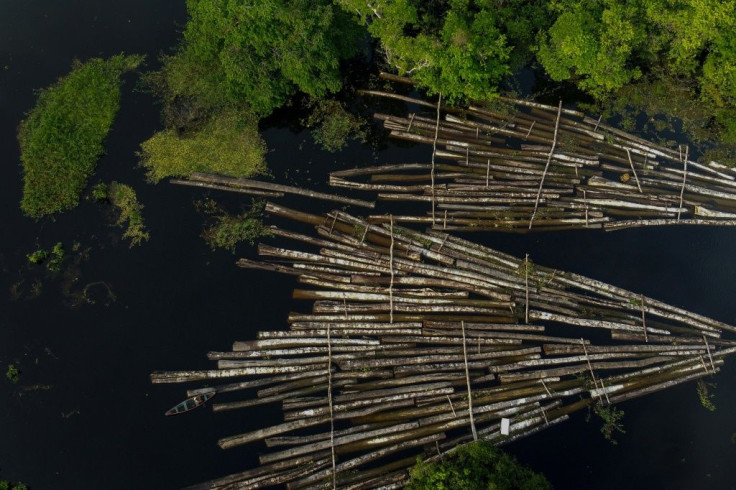2 New Amazonian Fish Species Discovered; One Has Striking Colors, Another's A 'Miniature' [Photos]
KEY POINTS
- One of the two species is so small that it's considered a miniature fish
- Both species are in imminent danger of extinction, researchers say
- Amazon deforestation and exotic aquarium fish trade threaten the species
A team of researchers has described two new Amazonian fish species – one of them has a striking coloration, while the other is so small that it's considered a miniature fish. Unfortunately, the species are already at risk of extinction.
The researchers found the new species during an expedition carried out between 2015 and 2016, Smithsonian Institution said in a news release. The idea was to search for "unknown biological treasures" in the Madeira River Basin, which was estimated to be the richest river basin in the world for fish biodiversity.
"We went to sample places that have never been visited by scientists. This area is really important because this is one of the frontiers where deforestation is moving north — the border between new cities and native forest," said Murilo Pastana, of the Smithsonian's National Museum of Natural History (NMNH). Pastana was also one of the authors of the paper describing the new species, published Monday in the Zoological Journal of the Linnean Society.
One of the species that they found had a striking red-orange color with a dark spot close to its tail. It has now been named Poecilocharax callipterus.
The other new species was so small that it's considered to be a miniature fish, which is a designation for any fish that's less than an inch even as an adult. It was dubbed P. rhizophilus because of "its love (phil) of roots (rhiz)" as it was found among tree roots.
One can see how interesting these new species really look in the images shared by the museum.
New research conducted by Murilo Pastana, an @NMNH postdoctoral fellow, and colleagues describes two new species of Amazonian fish—one with striking red-orange fins and the other so small it is technically considered a miniature fish species. pic.twitter.com/SOD1qzDF6v
— Smithsonian NMNH (@NMNH) May 16, 2022
"These are the first representatives of Crenuchinae discovered after a gap of 57 years and the first records of Poecilocharax from the tributaries of the right bank of the Rio Amazonas draining the Brazilian crystalline shield," the researchers wrote.
Unfortunately, both species may already be in danger of extinction because of the ongoing deforestation in their habitat. The strikingly colored P. callipterus is more in danger because of its limited range. The researchers found the species only in a single stream that runs just about 1.5 square miles.
"It was exciting to find new species," Pastana said. "But in the field, we saw the forest on fire, logging trucks carrying out huge trees, and cleared patches turned into cattle pasture. This made us feel a lot of urgency to document these species and publish this paper as quickly as possible."
Furthermore, the species' subfamily is also quite desirable among aquarium hobbyists, posing another threat to their survival.
The researchers hope their work could encourage authorities to protect them.
"(L)osing either of these species would be like losing priceless masterpieces," Pastana said. "You'd lose everything about these species."

© Copyright IBTimes 2025. All rights reserved.






















